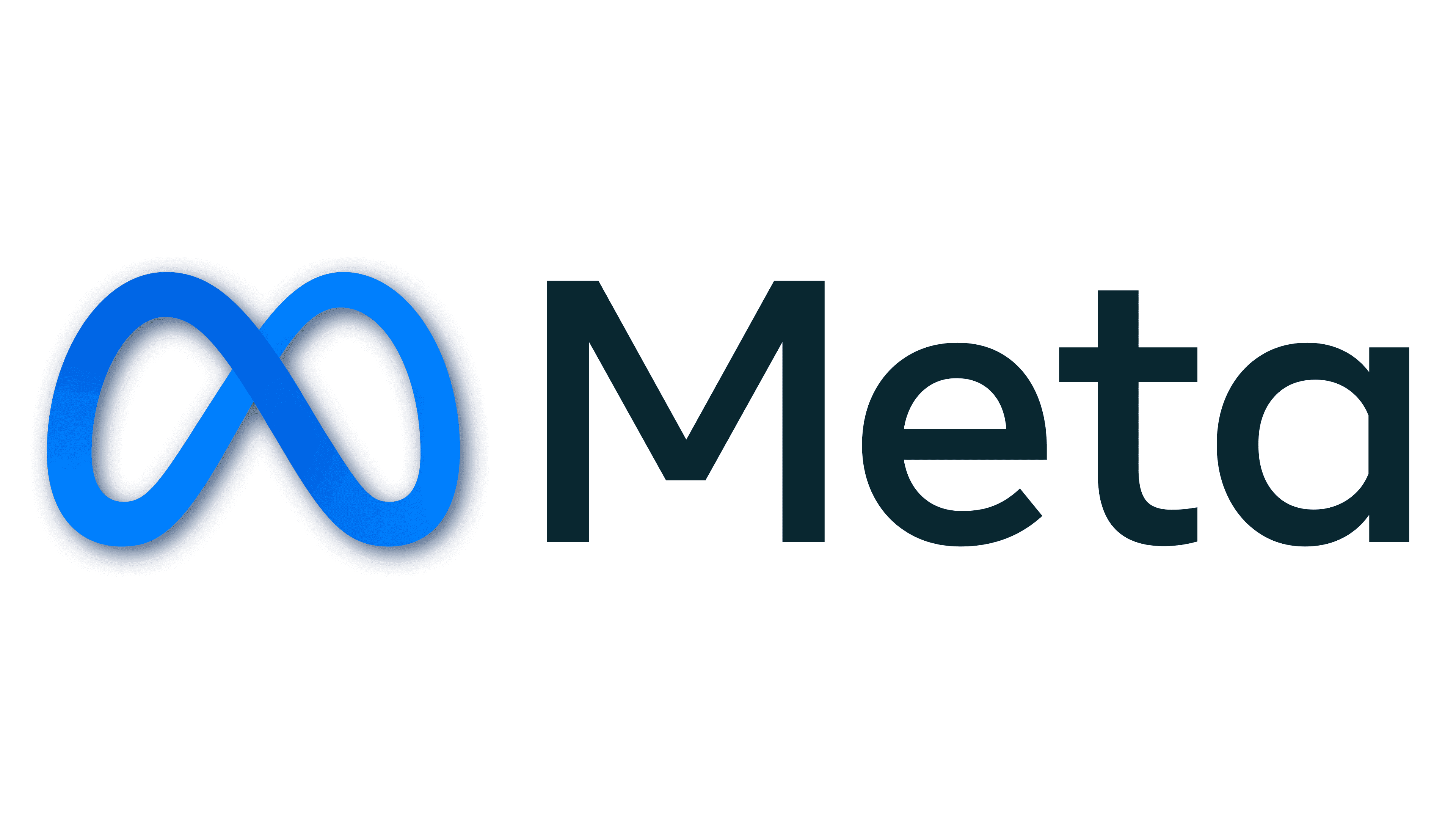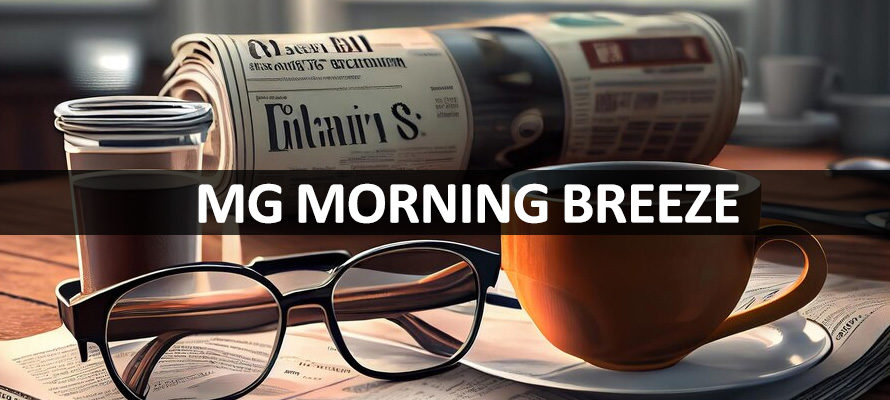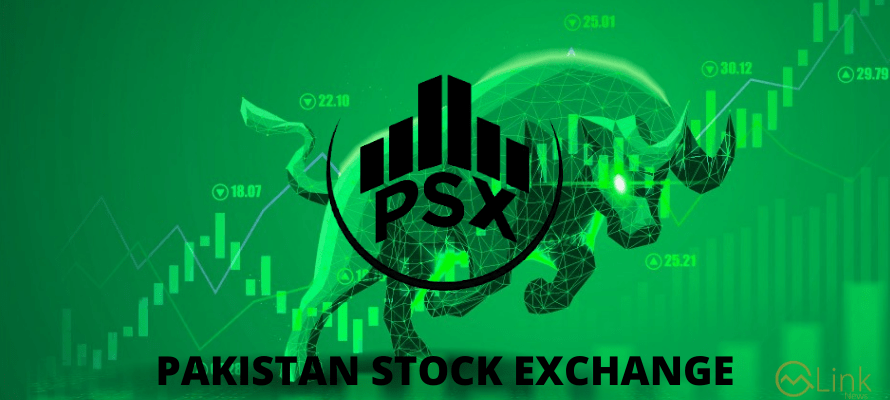Less than a year ago when the coronavirus hit the world and triggered a global health crisis, it led to marketing panicking rarely seen before. Equities fell like ninepins and briefly, oil futures turned even negative. Investors began exiting the usual asset classes and turned to the safety of the safe havens, particularly precious metals. As a result, commodities like gold and silver rallied.
At home too, there was a jump in demand for, say, gold futures but given the state of our financial markets, most people didn’t even know where to begin with. To understand how the commodities can better reach the mass market and what challenges are in place, MG spoke with Ejaz Ali Shah, the CEO of Pakistan Mercantile Exchange, who has previously managed the Central Depository Company in addition to senior roles in the financial services industry in the US.
PMEX’s trading volumes actually fell in FY20 despite those of gold doubling. What explains this?
EAS: Gold did gain a lot of traction because of Covid-19 due to its safe haven nature but the overall fall in volumes was largely due to the anti-money laundering rules, as it took participants some time to meet the requirements. Even then, we still doubled our projected income.
How many UINs did the exchange add during 2020?
EAS: The distinct count of UINs for 2020 was 2783 while their cumulative figure as of January 7th is 24,994.
What’s required to increase the number of these accounts?
EAS: There should be some relaxation in the broker regulations. For example, to be an introductory broker, the CEO needs to have a postgraduate qualification and net worth of Rs20 million.
Previously, some risk used to be with the broker so the regulations were framed around that but it has now moved to the exchange. Hence, some of these requirements can be done away with as their role is largely limited to opening more accounts.
More flexible rules that, say, allow a fresh MBA to become an introductory broker and an entrepreneur of sorts will help add more accounts. There is interest in the commodities trade but a large part falls under the gray economy, bring them under the regulatory ambit
Currently, if an investor wants to trade in different asset classes, they have to open a number of accounts and use multiple platforms. Shouldn’t there be a uniform experience for them?
EAS: Being a futures exchange, we can only introduce commodities that are traded in the spot market. For the purpose you mentioned, PSX’s brokerage platform will be better suited.
Until 2018-19, there used to be the trading of red chillies. What came of it?
EAS: We wanted to connect the mercantile exchange with the local economy, and to do that, agriculture was naturally the first choice. For this, we even did a pilot project with red chillies as it had a steady buyer and was confined to a particular area.
This allowed a level of standardisation and warehousing manageable, the two required links for agri commodities to be traded in our view. It ran for a couple of years but unfortunately not many buyers took interest as people here are not quality conscious. The learnings we took from that will be translated into the upcoming electronic warehousing receipts.
Can you brief on this?
EAS: The SECP has already introduced new rules on this and a (Naymat) Collateral Management Company set up, where people can come and keep their graded produce. The producer would then have three options; if the crop’s price drops, they can wait out until it recovers before selling; they can pledge that produce to any financial institution and borrow against it for investing in the next sowing; or sell the EWR of that produce at PMEX. Our integration with their systems is already complete and that’d be one way to connect with the local economy.
Another area where PMEX seems bullish on is the global commodities trading platform. Tell us about it.
EAS: Conceptually, it’d be an Alibaba style platform where producers can directly connect with buyers all over the world, thus bypassing the middleman and yielding better price to both the parties.
While this sounds quite manageable from a technical point of view, don’t you think ensuring volumes will be the trickier part? How does PMEX plan to market it?
EAS: This is an ambitious program that requires a significant marketing spend, so we will keep our efforts targeted. The idea is to add commodities slowly, beginning with Irri-6 which Pakistan is currently exporting mostly to African countries but there is potential to divert it to Japan, South Korea etc. So we plan to tap on the existing traders and importers there and introduce them to our platform. Other than that, we will also be leveraging government’s commercial missions abroad.
Wouldn’t it be just better to integrate with existing global radiation platforms and open to their users?
EAS: Of course, but that depends on our own position. We are just starting out right now and once we reach a certain level, they will be much more keen to onboard us.
There’s also been talk of Shariah-compliant futures from PMEX, what has been the progress so far?
EAS: Realising the problem that Islamic finance institutions are having troubles deploying their liquidity, we built a platform for an oil-based commodity for Murabaha transactions. Everything around that is in place and the problem is the availability of the asset itself.
We had some arrangements with oil marketing companies but it took time to get approvals and by then, they lost interest. Now we are back to revising them and will be introducing the platform quite soon, it’s just that Covid-19 has made things a little difficult.
Copyright Mettis Link News







